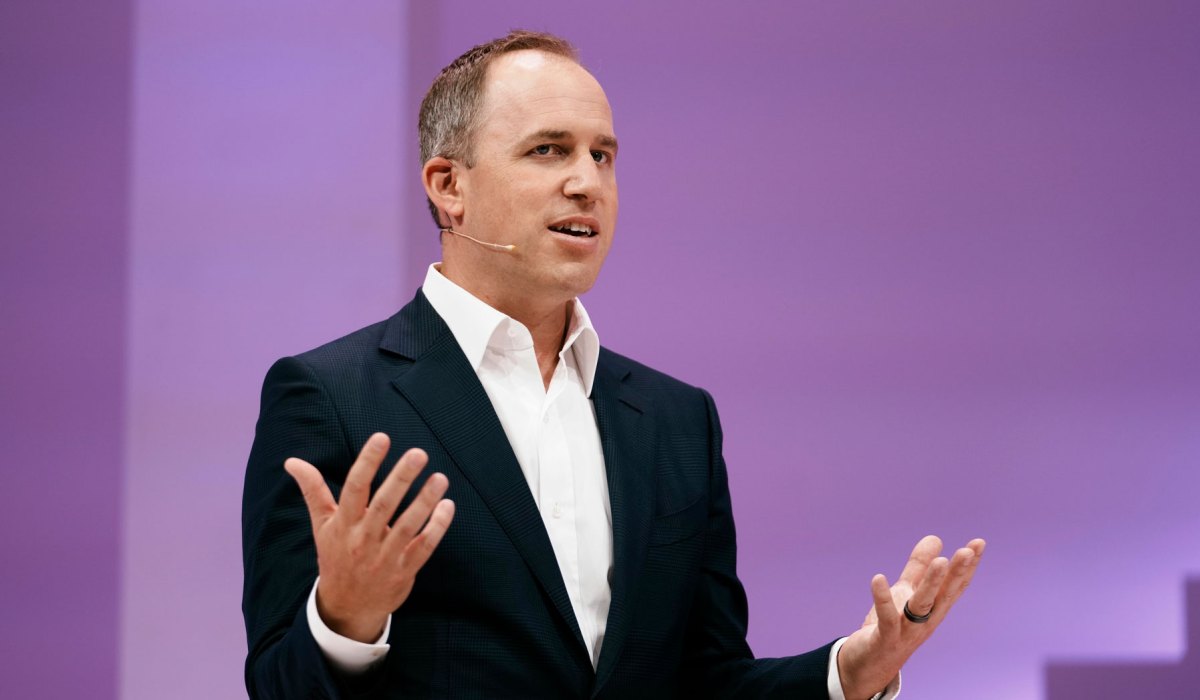Trump’s tone has also been quite harsh on the Indian market. He’s said he’s planning a substantial tariff hike in the next 24 hours. Meanwhile, his commentary on China seems more conciliatory—he’s even planning a meeting with Xi Jinping. On the flip side, he’s again threatening the EU with a possible 35% tariff if certain conditions aren’t met. How do you see Trump’s tariff strategy playing out, especially for India and China? And how do you think the markets will react?Arvind Sanger: It sounds like China has something Trump wants. Two key things, in fact—first, the US needs rare earths in the short term, and second, Trump seems quite eager to visit China, meet Xi Jinping, and get a big photo op. Those are the cards China is playing to its advantage.
China imports as much oil from Russia as India does, but India doesn’t have a similar trump card—no pun intended—that it can use against Trump. Right now, it’s about Witkoff heading to Moscow tomorrow, and Putin offering some kind of olive branch by saying he won’t launch air attacks in exchange for avoiding tariffs. How all of this plays out remains to be seen.
My sense is that Trump is unlikely to take any dramatically escalatory steps against India—especially on the Russian oil front. If India were to stop buying Russian oil altogether, Russia would struggle to find replacement buyers, meaning some of that oil would be off the global market. That would definitely spike oil prices.We must keep in mind that when it comes to Iran, Venezuela, or even Russia, Trump’s bark has so far been worse than his bite. In the case of Iran, for instance, he made strong statements, but Iranian oil flows remained largely unaffected. So personally, I’m not overly worried about Trump being truly serious about halting Russian oil flows. He’s been a toothless tiger so far when it comes to stopping oil from major producers.Domestically, what’s the bigger concern for India? Forget tariffs for a moment—why is there consistent FII selling? What should domestic investors be doing right now?Arvind Sanger: If you look at the earnings numbers, auto sales, two-wheeler sales—basically any India-specific economic statistic—it doesn’t quite support the kind of multiples that the Indian market is currently trading at. So, while India has been positioned as a growth story, that growth isn’t showing up in earnings in a big enough way to get people like me excited.
Yes, India might still be the fastest-growing major economy, but it’s not translating meaningfully into numbers that make it a “must buy.” The weakening rupee is also reducing India’s attractiveness for dollar-based investors. And if exports take a hit, we’ll need to find domestic opportunities where growth is visible.
The Indian government may need to step up—not just the RBI, but also on the fiscal front. They may need to be more aggressive, even run a slightly higher deficit, to kickstart growth. If that happens, then domestic themes like consumption, infrastructure, leisure, and travel could benefit. But for now, growth doesn’t look terrible, it just doesn’t look very robust either.

























